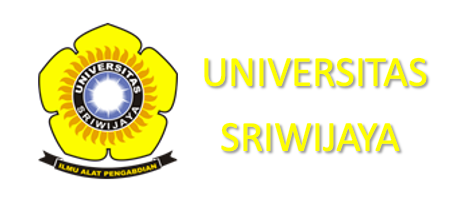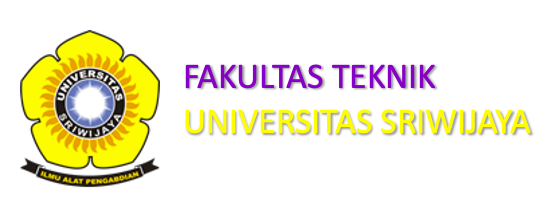ENDAPAN TURBIDIT FORMASI HALANG DAERAH BERTA DAN SEKITARNYA, KECAMATAN SUSUKAN, KABUPATEN BANJARNEGARA, JAWA TENGAH
Abstract
ABSTRAK: Secara administrasi daerah penelitian terletak di desa Berta dan sekitarnya, Kecamatan Susukan, Kabupaten Kebumen, Jawa Tengah. Daerah penelitian mempunyai endapan turbidit pada Formasi Halang yang cukup luas menjadi objek penelitian yang tersebar di sepanjang sungai Mertelu dan sungai Sirkandi berupa litologi batupasir dan batulempung, sehingga membuat peneliti tertarik untuk melakukan penelitian yang membahas endapan turbidit pada Formasi Halang dari batuan sedimen laut dalam yang tersingkap cukup baik pada permukaan dengan melakukan pegukuran stratigrafi menggunakan metode MS (Measuring Section) mendapatkan ketebalan yang terukur dan melakukan analisis paleontologi dalam penentuan umur pada daerah penelitian. Berdasarkan dari hasil analisis fasies turbidit Formasi Halang berumur Miosen Tengah hingga awal Pliosen (N14 – N18) dari hasil analisis foraminifera planktonik yaitu Globigerinoides immaturus, Globorotalia miocenica, Globrotalia tumida Globorotalia pleistumida, Orbulina Bilobata, Orbulina universa dan Sphaerodinella subdehiscena. Hasil dari analasis Karakteristik endapan turbidit terendapkan di Sub-marine Fan yang dibagian Smooth Portion Of Suprafan Lobes berupa perselingan batupasir sedang hingga halus dan batulempung dengan kenampakan struktur sedimen dari endapan interval Tb, Tc, Te dan terdapat batupasir masif merupakan kenampakan interval Ta pada sikuen bouma.
Kata Kunci: Berta, Formasi Halang, Measuring Section, dan Turbidit.
ABSTRACT: Administratively, the research area is located in Berta Village and its surroundings, Susukan District, Kebumen Regency, Central Java. The research area has turbidite deposits in the Halang Formation which is quite extensive to be the object of research which is scattered along the Mertelu and Sirkandi rivers in the form of sandstone and claystone lithology, thus making researchers interested in conducting research that discusses turbidite deposits in the Halang Formation from exposed deep-sea sedimentary rocks. good enough on the surface by doing stratigraphic measurements using the MS (method to measuring Section)obtain measured thickness and perform paleontological analysis in determining the age of the study area. Based on the analysis of the turbidite facies of the Middle Miocene to early Pliocene (N14 - N18) Halang Formation, the results of the planktonic foraminifera analysis are Globigerinoides immaturus, Globorotalia miocenica, Globrotalia tumida Globorotalia pleistumida, Orbulina Bilobata, Orbulina universa, and Sphaerodinella. The results of the analysis of the characteristics of the turbidite sediment deposited in the Sub-marine Fan, which is part of the Smooth Portion of Suprafan Lobes, are alternating medium to fine sandstones and claystone with the appearance of sedimentary structures from the sediment intervals of Tb, Tc, Te and there are massive sandstones which are the appearance of the Ta interval in the bouma seque
Keywords: Berta, Halang Formation, Measuring Section, and Turbidite





